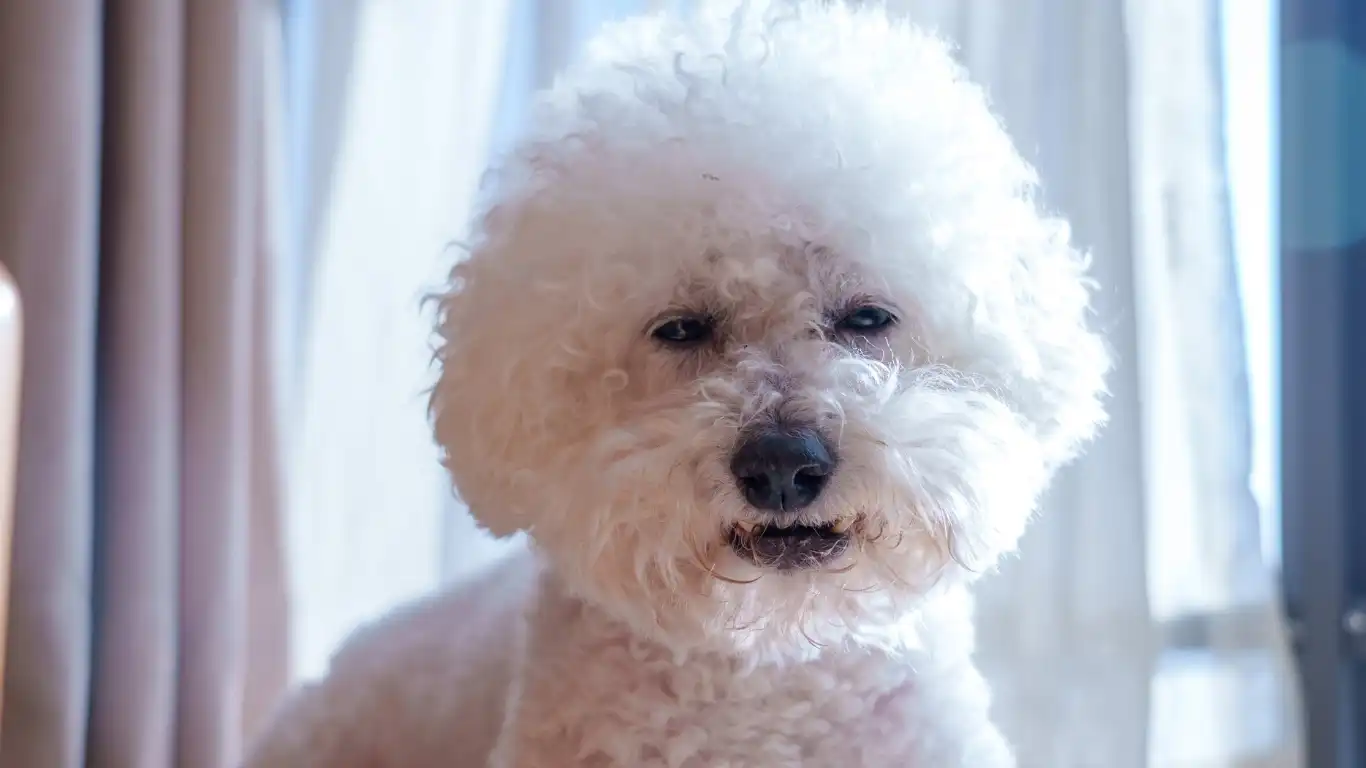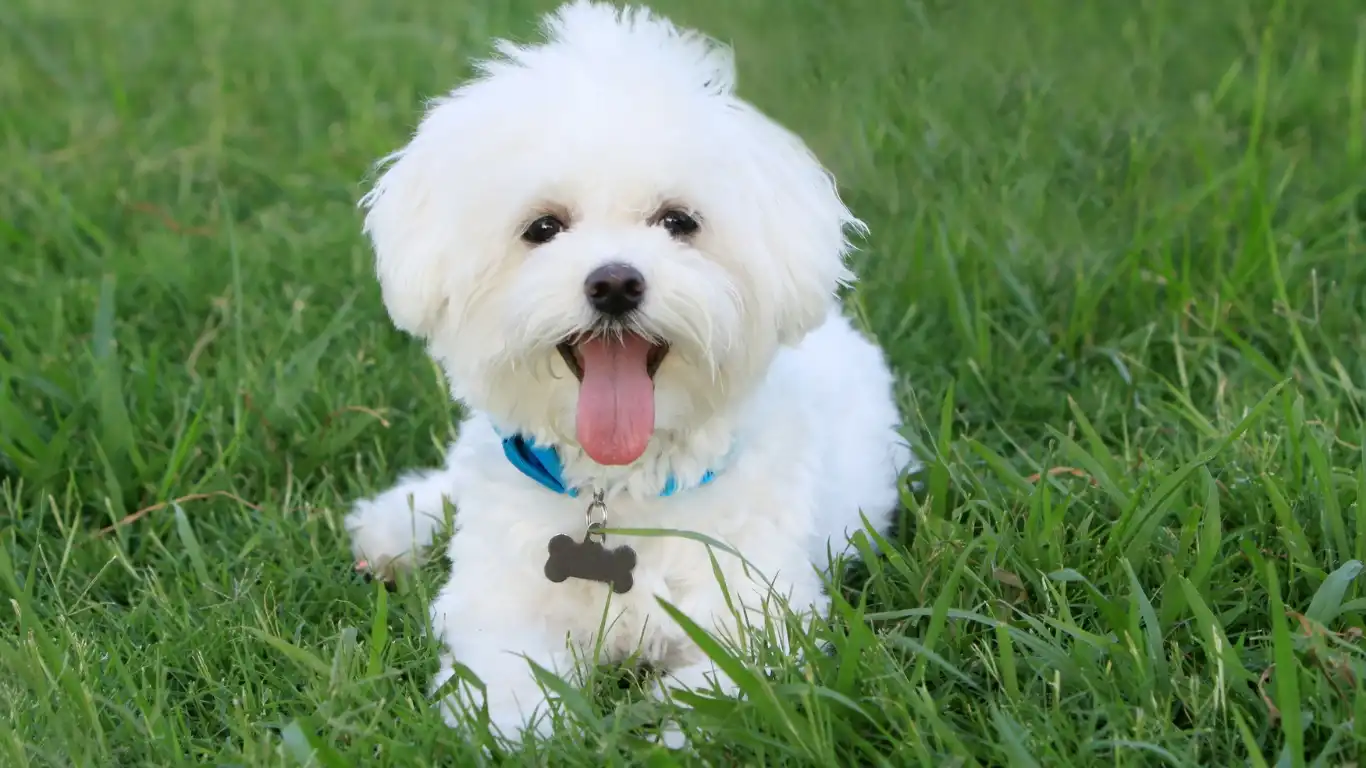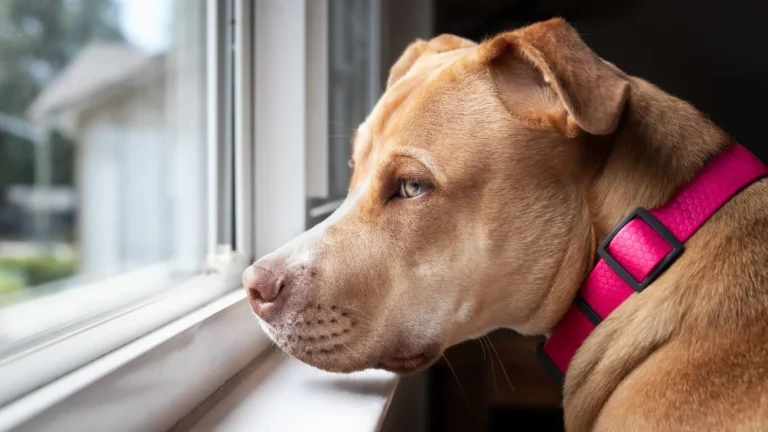How to Prevent Boredom in Crate-Trained Dogs: Essential Tips to Keep Your Dog Happy
Ever watched your crate-trained dog stare at the walls like they’re solving the mysteries of the universe? Yep, me too. As a vet tech specializing in nutrition, I’ve worked with a lot of clients who don’t realize just how important mental stimulation is—especially for dogs who spend part of their day crated. Learning how to prevent boredom in crate-trained dogs isn’t just about tossing in a toy or two. It’s about creating a balanced environment that supports their mental, emotional, and physical well-being. Trust me, a bored dog is a recipe for anxiety, excessive barking, or even destructive chewing (and there’s only so many couch corners you can replace).
Why Crate Boredom Is a Real Issue

So, here’s the deal—crates can be amazing tools for structure and safety, but when used improperly, they can start to feel like little prisons to your pup. I’ve seen dogs who go from chill to anxious real quick, just because they’re stuck in a monotonous crate routine. And the thing is, most pet parents have the best intentions—they’re not locking their dogs up and forgetting them. But boredom creeps in subtly, and by the time behavior changes start happening, it’s usually already taken a toll.
Signs Your Dog Might Be Bored in the Crate
Before we dive into solutions, let’s talk red flags. As someone who’s spent more time cleaning up post-crate destruction than I’d like to admit, I can tell you—these signs are your dog trying to tell you they need more stimulation:
- Chewing or scratching at the crate bars
- Whining, barking, or howling while crated
- Excessive licking or chewing on paws or bedding
- General restlessness, even outside of crate time
- Sudden regressions in crate training behavior
If any of these ring a bell, it’s probably time to change things up. Let’s look at how to make the crate a space they actually *enjoy* being in.
Make the Crate a Brain Playground

1. Rotate Toys Like You Rotate Snacks
Just like you wouldn’t want to eat the same bland cereal every morning (unless you’re into that, no judgment), your dog doesn’t want the same bone day in and day out. I usually recommend having 4–5 crate-safe toys in rotation. Switch them out every couple of days so your pup always has something “new” to explore. My go-tos? KONGs stuffed with frozen wet food, durable chew sticks, and soft squeakers for the non-destructive types.
2. Add Scent Enrichment
This one is underrated but powerful. Dogs experience the world through their noses—so why not make their crate a sensory adventure? Try:
- A piece of clothing with your scent (like an old t-shirt)
- Lavender-scented crate liners (just make sure they’re dog-safe)
- Snuffle mats or puzzle toys that release treats with nosework
I’ve seen dogs go from agitated to peacefully curled up just by adding a comforting scent they associate with their favorite human. Sometimes the smallest tweaks make the biggest impact.
3. Feed the Brain, Not Just the Belly
Instead of tossing breakfast in a bowl, turn it into a crate-time puzzle. This is one of my absolute favorite tips as a nutrition-focused vet tech. Use treat-dispensing balls, slow feeders, or puzzle trays that make your dog work a little for their kibble. You’re not just feeding them—you’re exercising their brain. And a mentally tired dog? That’s a happy, calm crate dog.
4. Use Audio to Create a Calming Vibe
Don’t underestimate the power of a soothing soundtrack. Whether it’s classical music, dog-calming playlists, or even white noise, sound can drown out triggering outside noises (like the mailman or that squirrel who likes to taunt them). Bonus: it’s been shown to lower cortisol levels, which means a more relaxed pup.
5. Schedule Breaks for Real Life
This might seem obvious, but it’s amazing how many pet parents overlook it. If your dog is in the crate for hours with no breaks, boredom is inevitable. Schedule crate breaks just like you would snack time or walks. Think of it as their version of a coffee break—they need time to stretch, sniff the air, and chase a ball or two. Even a 5-minute play session can reset their whole mood.
Make Crate Time Part of a Bigger Routine

One thing I always tell my clients is this: crate time should be just one part of a full and enriched day. When dogs know crate time is followed by fun stuff—walks, games, meals—they’re way less likely to dread it. Crate boredom often stems from lack of variety, not just confinement. So build a routine that keeps things interesting.
Involve Your Dog’s Senses — Every One of Them

By now, you’ve probably realized that preventing boredom in crate-trained dogs is less about confinement and more about creativity. One trick that’s saved me countless times with clients (and my own overly smart rescue mutt) is tapping into all of a dog’s senses. Most folks hit on smell and taste with treat toys, but what about sight, sound, and even touch?
Try using visual stimulation by placing the crate near a window with a view—as long as your dog isn’t reactive. For those that love people-watching (or squirrel-watching), it’s like free TV. Or go the extra mile and mount a pet-safe mirror inside the crate. I know, it sounds silly, but I had a pup client once who was totally obsessed with his own reflection—it kept him occupied for days. He legit thought it was his play buddy.
Then there’s texture. Instead of the same-old crate pad, give your dog options. Think faux fleece, memory foam, or even a cooling mat in the summer. Rotating textures creates micro-enrichment that keeps them comfy and curious.
Mix Up Crate Locations
This is something I picked up during my time working with a behaviorist: dogs can associate different areas of the home with different moods. So why not move the crate around occasionally? Maybe near the kitchen in the morning when things are bustling, and in a quiet bedroom at night. A simple location change gives your dog new things to hear, smell, and watch. And if your dog is struggling with separation anxiety, having the crate near your workspace (if you work from home) can be a game-changer.
Interactive Tools You May Not Have Tried Yet

Everyone knows about KONGs and chew toys—but there’s a whole world of crate-safe interactive tools out there that make crate time feel more like playtime. Here are a few I often recommend to my nutrition clients:
- Smart Treat Dispensers: Timed treat-release gadgets (some even app-controlled!) keep your pup guessing when the next snack will drop.
- Crinkle Mats or Puzzle Boards: Great for dogs who love foraging—just tuck some kibble between folds and let them go wild.
- Doggy Podcasts: Yes, these exist! Calming voices, ambient noises, and stories designed just for pups—especially great for auditory-focused dogs.
With a little experimentation, you’ll quickly find what lights your dog up. I had one dog client who flat-out ignored toys… until we found a treat ball that made a “clunk” noise every time it rolled. Suddenly, crate time became a full-blown game.
Build a Pre-Crate Ritual
One thing I’ve learned over the years? Dogs thrive on predictability. Having a consistent pre-crate routine helps them feel safe and calm. For example:
- Short walk or sniff session outside
- Quick obedience game (like sit → down → treat!)
- Offer a special crate-only toy or frozen treat
- Play calming music or turn on a dog-friendly TV channel
When crate time follows a positive, energy-burning sequence, it stops feeling like punishment and starts becoming something your pup can anticipate (dare I say, even look forward to!).
Don’t Forget the Power of Personalization

One of my favorite success stories was a bulldog named Daisy who absolutely hated her crate. The turning point? Her family added a soft blanket that smelled like her favorite person, a small fan for air flow, and a toy shaped like her beloved squeaky taco. Total transformation. Within days, Daisy would trot right into her crate and flop over like she owned the place.
That’s the beauty of personalization—what works for one dog won’t always work for another. Some dogs need stimulation, others need soothing. Some want companionship (even a stuffed animal buddy can work!), while others prefer a den-like quiet corner. Don’t be afraid to test, tweak, and observe.
When to Call in the Pros
Now, if you’ve tried everything and your pup still panics at crate time, it might be time to loop in a certified trainer or vet behaviorist. I’ve referred a few clients in that direction myself. In some cases, there’s underlying anxiety or trauma that needs more structured support. It’s not a failure—it’s being proactive. And honestly, pairing crate training with expert insight often leads to amazing breakthroughs.
Remember, just because your dog is crate-trained doesn’t mean crate time has to be boring. In fact, it shouldn’t be. Learning how to prevent boredom in crate-trained dogs is really about honoring their natural curiosity and giving them an outlet—even in a confined space. Your dog’s mind matters just as much as their body, and that crate can be a cozy haven rather than a holding cell.
Incorporate Physical Exercise to Complement Crate Time

One of the biggest mistakes I see with crate training is overlooking the role of physical exercise in preventing boredom. From my years as a veterinary technician focused on nutrition, I know that an active dog is a happier dog, both mentally and physically. You can’t expect your furry friend to be content and calm in their crate if they’re sitting on pent-up energy.
Before crate time, make sure your dog has had a good dose of exercise. This doesn’t always mean a long jog—sometimes a brisk walk, a session of fetch, or a quick romp in the yard can do wonders. Dogs with high energy breeds especially benefit from this. I remember working with a border collie whose family was struggling with crate anxiety; once they added a 30-minute run before crate time, the whining and restlessness practically disappeared.
Tailor Exercise to Your Dog’s Needs
Every dog is different, and their exercise needs vary based on breed, age, and health. A young, energetic puppy will need more playtime and mental challenges than a senior dog who might prefer gentle strolls or low-impact activities. Here’s a quick rundown I usually give clients:
- High-energy breeds: Require at least 1-2 hours of exercise daily
- Moderate-energy breeds: Benefit from 30-60 minutes per day
- Senior or low-energy dogs: Short, frequent walks and gentle play
Balancing exercise with crate time means your dog’s body is tired and their brain is stimulated, making the crate a cozy resting spot instead of a dreaded confinement.
Train for Calmness—Not Just Obedience

Training a dog to enjoy crate time goes beyond teaching commands. It’s about fostering calmness and emotional security. I often work with clients on simple relaxation cues to help their dogs settle before entering the crate. These aren’t tricks, but life skills—learning how to chill out when things get overwhelming.
Simple Calmness Exercises
- “Settle” or “Place” Command: Teach your dog to lie down quietly on a mat or in their crate on cue.
- Slow Breathing Techniques: Yep, dogs can mirror our energy. Using a calm voice and slow movements can help reduce their anxiety.
- Counter-Conditioning: Pairing the crate with treats, praise, and positive experiences to rewrite any negative associations.
It’s amazing how much difference this approach makes. When dogs associate the crate with calm and positive energy, they’re much less likely to become bored or stressed.
Tips From My Veterinary Experience: Nutrition’s Role in Behavior
Since nutrition is my specialty, I’d be remiss not to mention how diet affects your dog’s behavior and crate boredom. A well-balanced diet rich in omega fatty acids, antioxidants, and essential vitamins supports brain health and reduces anxiety. Sometimes, a dog’s restlessness can stem from dietary imbalances or sensitivities.
Over the years, I’ve recommended supplements like fish oil or calming blends to clients whose dogs struggled with crate boredom and anxiety. Always consult your vet before starting any supplement, but know that nutrition is a powerful tool in your behavioral toolbox.
Also, don’t underestimate the role of feeding schedule. I often advise feeding dogs smaller meals throughout the day instead of one big bowl. This not only helps with digestion but keeps their energy steady and reduces the chance of restlessness during crate time.
Final Thoughts on Preventing Boredom in Crate-Trained Dogs
It’s clear that preventing boredom in crate-trained dogs isn’t about quick fixes—it’s a holistic approach that respects your dog’s needs physically, mentally, and emotionally. By mixing sensory enrichment, interactive toys, exercise, calmness training, and proper nutrition, you’re setting your pup up for success. From my hands-on experience, these strategies truly transform the crate from a source of stress into a safe haven your dog loves.
References
- American Kennel Club
- American Society for the Prevention of Cruelty to Animals
- American Gastroenterological Association
Disclaimer
The information provided in this article is based on my professional experience as a Veterinary Technician specializing in nutrition and general canine behavior. It is intended for educational purposes only and should not replace advice from a licensed veterinarian or certified animal behaviorist. Always consult a professional for personalized guidance tailored to your pet’s specific needs.






